Introduction
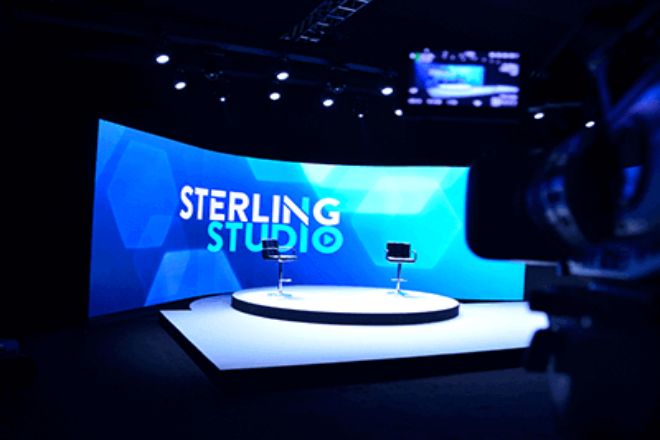
On the stage of a visual feast, FHD (Full High Definition) and LED technology are undoubtedly two shining stars. They go hand in hand to bring us unprecedented visual enjoyment.
Have you ever been amazed by the clear visibility of every detail on the TV? Have you ever been intoxicated by the colorful and layered pictures? Behind this is the high-definition charm of FHD and the excellent performance of LED technology.
This article will take you to explore the mysteries of FHD and LED technology in depth and unveil how they work together to shape the modern visual experience. We will get to the point and clearly analyze the advantages of FHD and the color and brightness characteristics of LED so that you can have a new understanding of these two technologies in just a few minutes.
More importantly, we will explore how these technologies are applied to daily life, from home entertainment to office learning, and to a wider field, how they make our world more colorful and more convenient.
1. What is an FHD display?
FHD, the full name of which is Full High Definition, is a display technology with a resolution of 1920×1080 pixels. This resolution can provide clear and detailed images, bringing users a high-quality visual experience.
Compared with other resolutions:
- HD (High Definition):
Usually refers to the resolution of 720p or 1080i. Although it can also provide relatively clear images, it lacks the number of pixels and image details compared to FHD. Screens with HD resolution may appear slightly rough when playing HD videos, especially on large-screen devices.
- 4K (Ultra High Definition):
The resolution is 3840×2160 pixels, which is four times that of FHD. 4K screens far exceed FHD in clarity, color reproduction and detail display, and can bring a more realistic visual experience. However, 4K content is relatively rare, has high hardware requirements, and is relatively expensive.
The advantage of FHD in clarity is that its moderate resolution can ensure the clarity of the image without placing too much burden on the hardware. At the same time, it is compatible with most application scenarios. However, compared with 4K, FHD still has certain limitations in detail display and color reproduction.
1). Technical features
- Color reproduction capability:
FHD screens have high accuracy in color reproduction and can present rich and realistic colors. This is due to its high pixel density and advanced display technology, which enables each pixel on the screen to accurately express color information, thus presenting a more realistic image.
- Details:
FHD screens perform well in balancing image quality and file size. Its moderate resolution ensures image clarity without causing the file to be too large, thus ensuring smooth playback on a variety of devices. In addition, FHD screens also support a variety of video formats and encoding methods, allowing users to easily watch a variety of high-definition video content.
- Compatibility:
FHD screens are extremely popular on different devices and have almost become the mainstream choice in the market. Whether it is a smartphone, tablet, laptop, or TV display device, FHD screens are widely used. This high popularity allows FHD content to be easily shared and played between various devices, bringing great convenience to users.
2). Application scenarios
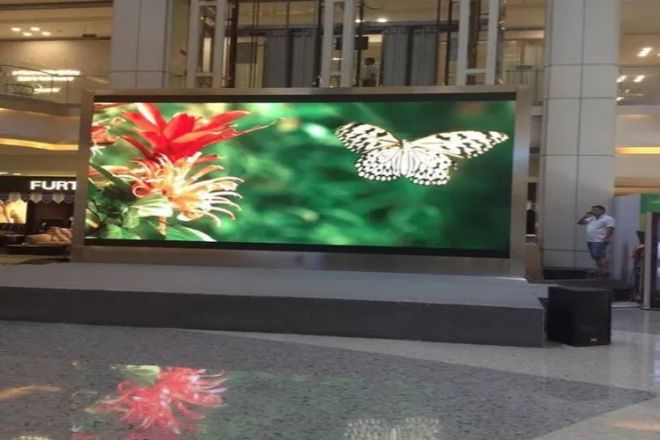
2.1). Commercial advertising and promotion
Outdoor billboards: FHD LED displays are often used for outdoor billboards in busy areas of cities. They attract the attention of pedestrians through dynamic images and bright colors and enhance brand exposure and promotional effects.
Shopping centers and malls: Inside or outside shopping centers, FHD LED displays can be used to play product advertisements, promotional information, and brand promotion videos, providing merchants with effective marketing tools.
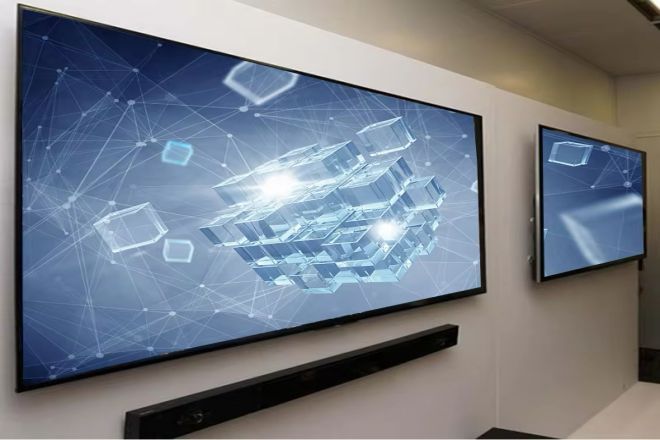
2.2). Home Entertainment:
FHD TVs, projectors, and other devices have brought a qualitative leap in the home viewing experience. FHD’s high definition and color reproduction capabilities allow users to enjoy a near-cinema-level visual experience at home.
Whether watching high-definition content such as movies, TV series, or sports events, FHD screens can provide clear and smooth playback effects.
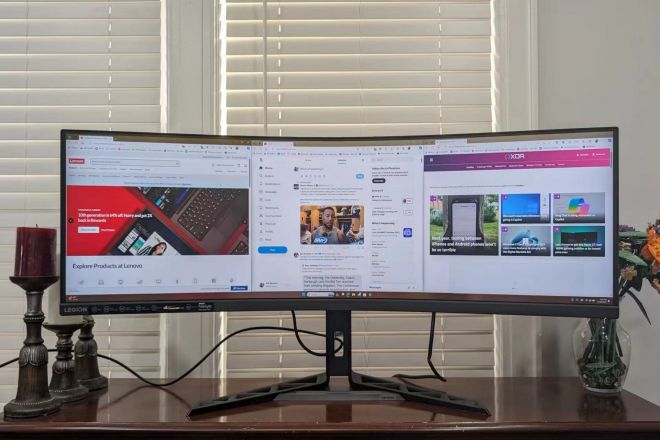
2.3). Office and study:
FHD screens are also widely used on office and study equipment such as monitors and laptops. Its high definition and comfortable visual experience can effectively improve users’ work efficiency and learning effects.
At the same time, FHD screens also support the application of a variety of office and learning software, allowing users to perform document editing, image processing, video editing, and other tasks more conveniently.
In addition, FHD screens can effectively alleviate the visual fatigue caused by long-term use of computers and protect users’ vision health.
2. Introduction to LED display screens
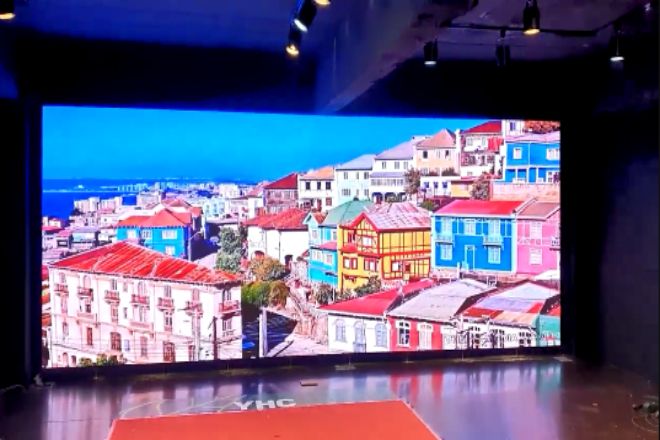
LED display, the full name of which is Light Emitting Diode, is a semiconductor device that can convert electrical energy into light energy. Its light-emitting principle is based on the electroluminescent effect of semiconductor materials.
When current passes through the semiconductor P-N junction, electrons and holes recombine to release energy and emit light in the form of photons. LED displays have significant advantages, such as high efficiency, long life, and environmental protection.
Advantages of LED:
High efficiency: LED display light sources have high luminous efficiency and can convert more electrical energy into light energy, reducing energy waste.
Long life: LED displays have a long service life, generally up to tens of thousands of hours, far exceeding traditional light sources.
Environmental protection: LED display does not contain harmful substances, such as mercury, and does not pollute the environment during production and use, which is in line with the concept of green environmental protection.
1). LED display technology
1.1). Backlight technology analysis:
- Direct backlight:
LED lamp beads are arranged directly behind the LCD panel to provide a uniform and sufficient light source.
This method can improve the brightness and contrast of the picture but may lead to increased screen thickness and energy consumption.
- Side-entry backlight:
LED lamp beads are arranged at the screen frame, and the light is evenly distributed to the entire screen through the light guide plate. This method helps to reduce screen thickness and energy consumption, but there may be uneven brightness problems at certain angles.
1.2). Color management and brightness adjustment:
- Color management:
LED display screens achieve rich color performance by precisely controlling the brightness and proportion of the three primary color LEDs: red, green, and blue. Advanced color management technology can improve color saturation and accuracy, making the picture more vivid and realistic.
- Brightness adjustment:
LED display supports intelligent dimming technology, which can automatically adjust the screen brightness according to the ambient light and viewing needs. This can not only improve viewing comfort, but also effectively save energy.
2). Advantages and challenges
2.1). Advantages:
High brightness: LED display has a high brightness level, which can ensure clear and visible images even in strong light environments.
Wide color gamut: By precisely controlling the light-emitting characteristics of LEDs, LED displays can cover a wider range of color gamuts and present richer colors.
Fast response time: The response time of LED displays is extremely short, and they can quickly respond to changes in image signals, reducing smearing and blurring.
2.2). Challenges:
Energy consumption control: As the brightness and resolution of LED displays increase, their energy consumption also increases accordingly. How to reduce energy consumption while ensuring picture quality is an important challenge currently faced.
Color consistency: Due to the differences in the light-emitting characteristics of LED lamp beads, how to ensure the color consistency of the entire screen is another problem that needs to be solved.
Cost reduction: Although LED displays have significant advantages in performance, their manufacturing costs are still high. How to further reduce costs to promote their popularization and application is one of the current focuses of the industry.
3. The integration and differences between FHD and LED displays
1). Combined application
- The prevalence and advantages of FHD+LED combination products:
In the market, the combination of FHD (full high definition) and LED (light-emitting diode) technology is very common, especially in the field of television. LED backlight FHD TV is a typical representative of this combination.
This combination makes full use of the high resolution of FHD and the high brightness and wide color gamut of LED backlight to provide users with a better visual experience.
LED backlight technology can significantly improve the brightness level of FHD TVs so that the picture is still clearly visible in bright environments. At the same time, the wide color gamut characteristics of LED also make the color performance more vivid and rich.
For example, in a commercial exhibition center, all exhibitors hope to display their products or services in the most attractive way. At this time, a huge FHD+LED display screen has become the focus of the exhibition.
This display screen not only occupies one wall of the exhibition area but also attracts a large number of visitors with its excellent picture quality and brightness.
- How to further improve the display effect:
The combination of FHD+LED not only improves the display effect of TV but also meets the user’s demand for high-definition picture quality and excellent color performance. In order to further improve the display effect, manufacturers are also constantly optimizing LED backlight technology and color management technology.
For example, the use of more advanced LED lamp beads and more sophisticated backlight partition control technology can further improve the contrast and color uniformity of the picture.
At the same time, intelligent dimming technology and color calibration technology can ensure the best display effect in different lighting environments.
2). Technical comparison
2.1). Display Effect
2.1.1). LED Display Screen:
High Brightness: LED display screens usually have high brightness and are suitable for use outdoors or in environments with strong light.
Wide Color Gamut: LED display screens can cover a wider color gamut range, presenting brighter and richer colors.
Dynamic Contrast: Due to the fast response capability of LED lamp beads, LED display screens perform well in dynamic contrast and are suitable for playing fast-changing video content.
2.1.2). FHD Display Screen:
High Resolution: FHD resolution ensures the clarity and detail of images and videos.
Color Reproduction: Depending on the specific display technology (such as LCD or OLED), FHD display screens can present more realistic colors.
Viewing Angle: FHD display screens with technologies such as LCD may have certain limitations in viewing angles, but FHD display screens with technologies such as OLED have a wider viewing angle.
2). Application Scenarios
- LED Display Screen:
Mainly used in outdoor billboards, stadiums, stage backgrounds, traffic signs, information releases, and other occasions that require high brightness and wide viewing angle.
At the same time, with the development of technology, LED display screens have gradually entered the field of indoor commercial displays.
- FHD display:
widely used in consumer electronics such as TVs, computer monitors, mobile phones, tablets, and professional display equipment such as medical imaging, design and drawing.
3). Features Comparison
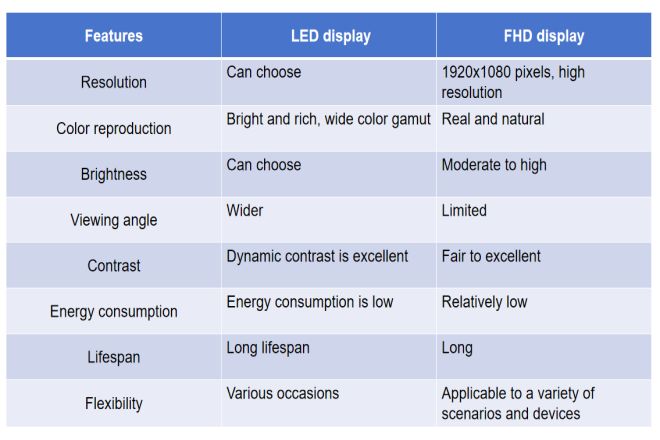
4. Future development of FHD display and LED display
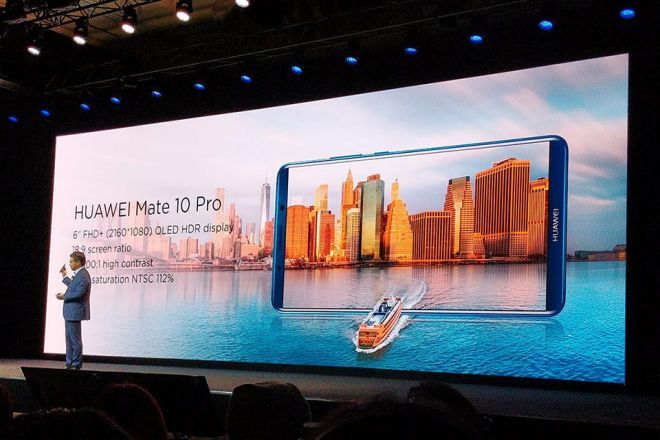
1). Future development of LED display
1.1). Market size growth
With the gradual recovery of domestic demand and the continuous advancement of technology, the LED display market will usher in sustained growth.
According to the forecast by the China Business Industry Research Institute, the LED display market will gradually recover in 2024, and the market size will increase to 63.4 billion yuan (data source: GGII, China Business Industry Research Institute).
On the other hand, data from the China Economic Industry Research Institute shows that the scale of China’s LED display market will reach 63.5 billion yuan in 2022 and is expected to grow to 68.4 billion yuan in 2023, showing a steady growth trend.
1.2). Technological progress and innovation
- Mini/Micro-LED technology:
As a new generation of core display technology, Mini/Micro-LED has excellent characteristics such as high display effect, low power consumption, high integration, and high technical life.
These technologies not only improve the display effect but also promote the application of LED displays in more fields, such as wearable devices, portable consumer electronics, automotive displays, etc.
- Virtual pixel technology:
This technology improves the display resolution without increasing the spacing cost, and has become one of the key technologies in the LED direct display industry that emphasizes both “saving money and good picture quality”.
According to observations from the ISLE 2024 exhibition, virtual pixel technology has become the “first-push” strategic technology for the entire industry.
- MiP packaging technology:
As a cost-reduction and efficiency-enhancing solution for micro LED applications, MiP packaging technology lowers the technical threshold for the popularization of micro LEDs and accelerates its popularity in the market.
1.3). Application scenario expansion
The application scenarios of LED display screens will be more extensive, covering advertising, media, commercial displays, stage performances, smart cities, virtual reality, and other fields.
Especially in the construction of smart cities, LED display screens will become an important tool for urban information dissemination and management.
With the popularization of VR/AR/XR technology and the expansion of application scenarios, the application of LED display screens in virtual shooting, cinemas and other aspects has also shown a high market vitality.
1.4). Intelligence and integration
LED display screens will pay more attention to the deep integration with technologies such as the Internet of Things, big data, and cloud computing, realize functions such as remote monitoring, intelligent control, and data analysis, and provide users with more convenient, efficient, and intelligent display solutions.
2). Future development of FHD (full high definition) LED display
2.1). Market share changes
Although FHD (1080P) products are still the mainstream of the market, their market share is being eroded by QHD (2K) and UHD (4K) products. According to a report by Luotu Technology, in the first half of 2024, FHD products accounted for nearly 50% of the market share but fell by 5 percentage points year-on-year.
With the popularization of multimedia content and the increase in high-definition video content, users tend to buy QHD and UHD displays with better display effects to obtain a more immersive and delicate visual experience.
2.2). Technology upgrade and substitution
In certain specific areas, such as smartphone display panels, FHD+ resolution (between FHD and WQHD) is replacing traditional FHD resolution.
This trend is particularly evident in Android smartphones, and the demand for FHD+ resolution OLEDs has increased significantly, boosted by-products such as the Huawei Mate 60 series.
However, in the field of LED display screens, FHD resolution products will still be an important part of the market in the short term, but with the advancement of technology and changes in market demand, its market share may continue to be squeezed by higher resolution products.
2.3). Application scenarios remain
Despite the competitive pressure from high-resolution products, FHD LED displays still have a wide range of application scenarios in commercial advertising, information releases, conference presentations, etc. These fields have relatively tolerant requirements for display effects, and FHD resolution can already meet most needs.
Conclusion
In summary, FHD and LED technology are the two pillars of the current display field, each with unique advantages and a wide range of application scenarios. FHD, with its excellent clarity, brings us an unprecedented visual detail experience, while LED technology, with its high efficiency and wide color gamut, injects new vitality into display devices.
The combination of the two has spawned a series of display products with excellent performance and excellent experience, which greatly enriches our visual life.
Finally, if you want to know more about LED display screens, please get in touch with us.
